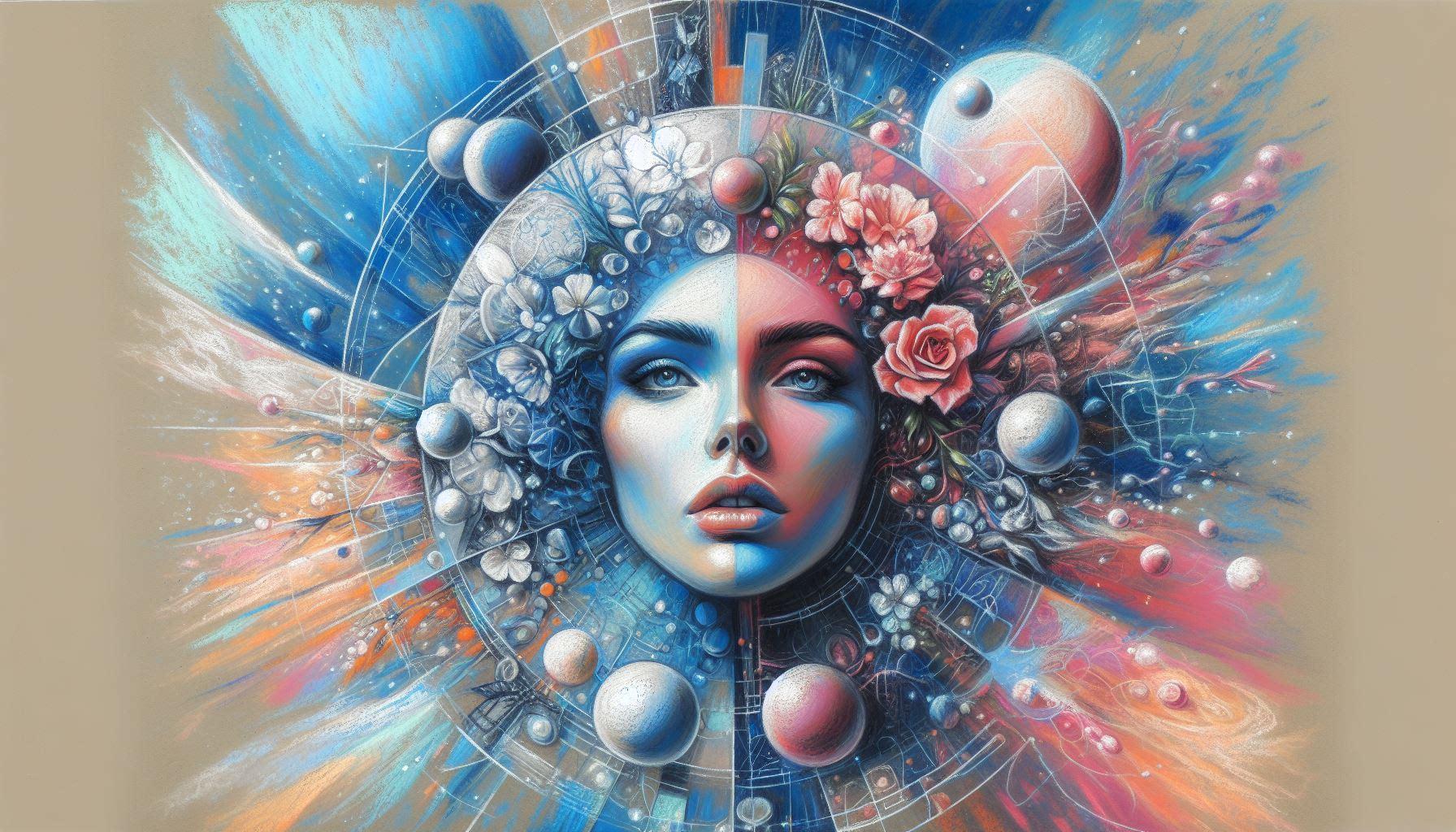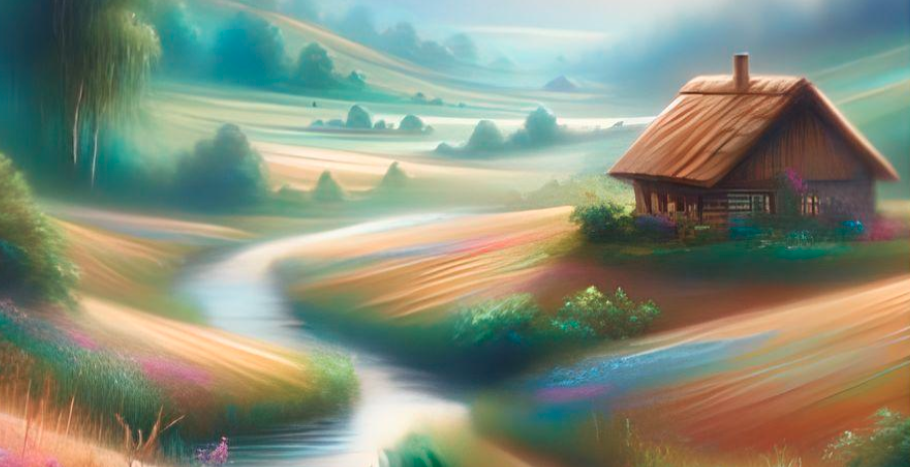The Dreamy Appeal of Pastel Paintings
Have you ever gazed at a misty meadow bathed in soft, pastel hues and felt an instant sense of tranquility wash over you? That’s the captivating power of atmospheric landscapes with pastels. These ethereal artworks have a way of transporting us to serene realms, where the air seems to shimmer with gentle colors and the world slows to a peaceful rhythm.
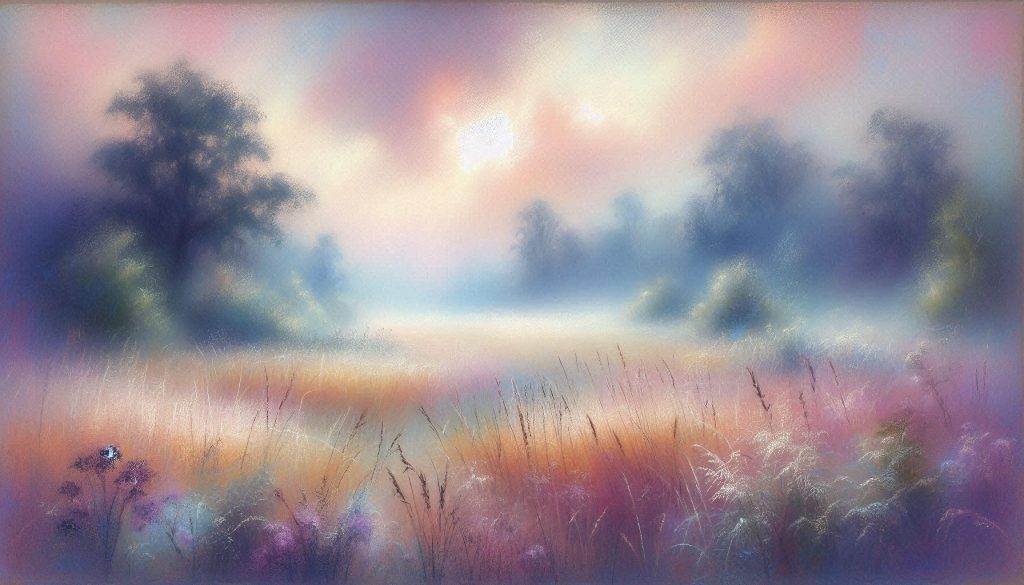
Whether you’re a seasoned artist or a beginner picking up a pastel stick for the first time, creating atmospheric landscapes can be an incredibly rewarding and therapeutic experience. But where do you start? What techniques should you master? And how do you capture that elusive, dreamy quality that makes these paintings so alluring?
Common Questions and Concerns
Before we dive into the nitty-gritty, let’s address some of the most common questions and concerns that artists often have when it comes to atmospheric landscapes with pastels:
- “I struggle with capturing the right atmosphere and mood.” Don’t worry, we’ve all been there! Conveying a sense of atmosphere is one of the biggest challenges in this genre, but we’ll share some tried-and-true tips to help you nail it.
- “My pastel strokes look harsh and unblended.” Soft, seamless blending is key to creating that hazy, atmospheric effect. We’ll cover various blending techniques to help you achieve a smooth, ethereal look.
- “I have trouble mixing the right pastel colors.” Choosing the perfect pastel palette can be tricky, but we’ll explore some foolproof color combinations that will add depth and vibrancy to your atmospheric landscapes.
- “I’m not sure how to compose my scene effectively.” Composition is everything in landscape painting. We’ll discuss compositional techniques that will help you create balanced, visually appealing scenes that draw the viewer’s eye.
Guide to Mastering Atmospheric Landscapes
Now, let’s dive into the heart of the matter – how to create breathtaking atmospheric landscapes with pastels. Imagine you’re chatting with a knowledgeable friend over a warm cup of tea, and they’re sharing their hard-won wisdom and personal experiences with you.
1. Capturing the Mood: Setting the Atmospheric Stage
The key to a successful atmospheric landscape lies in capturing the right mood and emotion. Think about how you want your viewers to feel when they gaze upon your artwork. Do you want to evoke a sense of tranquillity and serenity, or perhaps a more pensive, melancholic vibe?
One technique that can help set the atmosphere is to start with a toned paper or canvas. A warm, mid-toned surface can immediately establish a sense of depth and atmosphere, allowing you to build upon that foundation with your pastel strokes.
Personal Anecdote: I remember the first time I tried using a toned surface for an atmospheric landscape. I was painting a misty forest scene, and the warm undertones of the paper immediately gave the impression of a soft, hazy atmosphere. It was a game-changer for me!
2. Blending Like a Pro: Soft, Seamless Strokes
One of the hallmarks of atmospheric landscapes is the soft, blended quality of the pastel strokes. Harsh lines and abrupt transitions can shatter the dreamy illusion you’re trying to create. But don’t worry, mastering seamless blending is easier than you might think!
Here are a few blending techniques to add to your arsenal:
- Stumping: Use a sturdy paper stump (or your finger) to gently blend and soften pastel strokes, creating a hazy, atmospheric effect.
- Layering: Apply multiple, thin layers of pastel, blending each layer before adding the next. This builds up a rich, velvety texture while maintaining a soft, atmospheric quality.
- Hatching and Cross-Hatching: Use short, overlapping strokes in different directions to create a sense of depth and atmosphere. The intersecting lines will naturally blend, creating a beautifully diffused effect.
Example: Picture a time on hiking and encountering a thick, rolling mist? That’s the kind of atmospheric quality you want to capture in your pastel landscapes. Soft, diffused edges and subtle transitions will help recreate that dreamy, ethereal feeling.
3. Choosing the Perfect Pastel Palette
Selecting the right colors is crucial when it comes to atmospheric landscapes with pastels. You want a palette that captures the subtlety and nuance of atmospheric conditions, while still providing enough depth and vibrancy to make your painting pop.
Some tried-and-true pastel color combinations for atmospheric landscapes include:
- Cool Blues and Violets: Perfect for capturing the misty, atmospheric quality of early morning or evening scenes.
- Warm Oranges and Pinks: Ideal for rendering the soft, hazy glow of a sunrise or sunset.
- Soft Greens and Earth Tones: Evocative of lush, misty meadows and forests.
Don’t be afraid to experiment with layering and blending different pastel colors to create unique, atmospheric hues.
Pro Tip: Try squinting your eyes when observing your reference material or plein air scene. This will help you perceive the overall color masses and atmospheric qualities more effectively, making it easier to translate those elements onto your canvas or paper.
4. Composing a Captivating Scene
Even the most skillfully rendered atmospheric effects can fall flat without a compelling composition. Here are some tips for arranging your landscape elements in a way that draws the viewer’s eye and creates a sense of depth and atmosphere:
- Use Leading Lines: Incorporate elements like winding paths, rivers, or even atmospheric perspective (objects appearing hazier and lighter in color as they recede into the distance) to guide the viewer’s gaze through your painting.
- Embrace Negative Space: Don’t feel the need to fill every inch of your canvas or paper. Leaving areas of negative space can enhance the atmospheric quality of your landscape by allowing the viewer’s eye to rest and appreciate the haziness and depth.
- Play with Perspective: Experimenting with unusual or exaggerated perspectives can add an intriguing, dreamlike quality to your atmospheric landscapes.
Suggestion: Picture a visit to the rolling hills of Tuscany. The way the soft, golden light filters through the hazy atmosphere and casts a warm glow over the undulating landscape. This is a composition straight out of a painter’s dream! It drives home the importance of thoughtful, atmospheric composition in landscape painting.
Interactive Elements and Visual Aids
To further enhance your learning experience, we’ve included some interactive elements and visual aids throughout this guide:
- Video Tutorial: Check out this step-by-step video demonstrating various blending techniques for creating atmospheric effects with pastels. See below
- Color Palette Examples: Here are some sample pastel color palettes that work beautifully for atmospheric landscapes.
- Composition Sketches: Take a look at these rough composition sketches to see how leading lines, negative space, and perspective can be used to create a sense of depth and atmosphere.
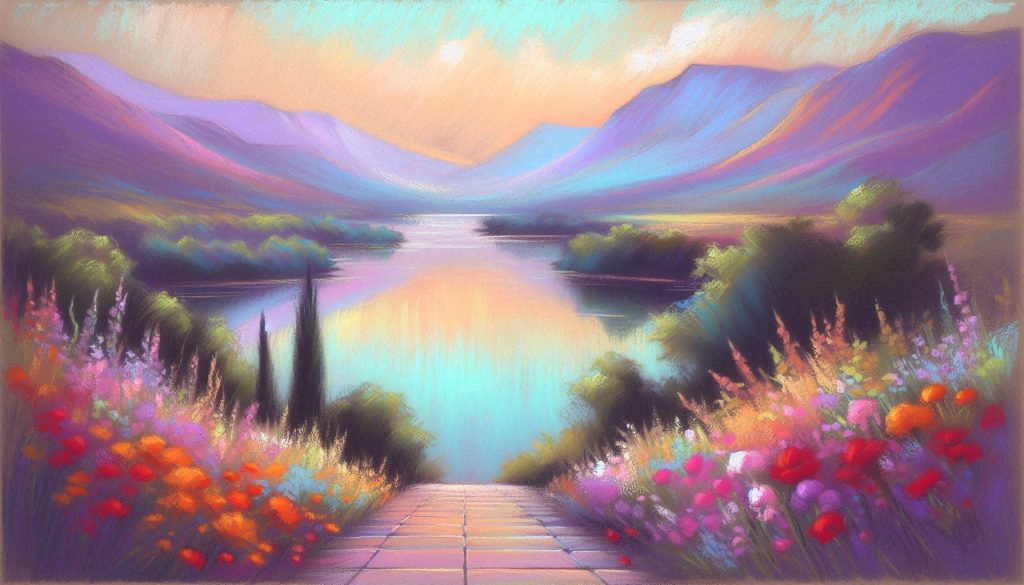
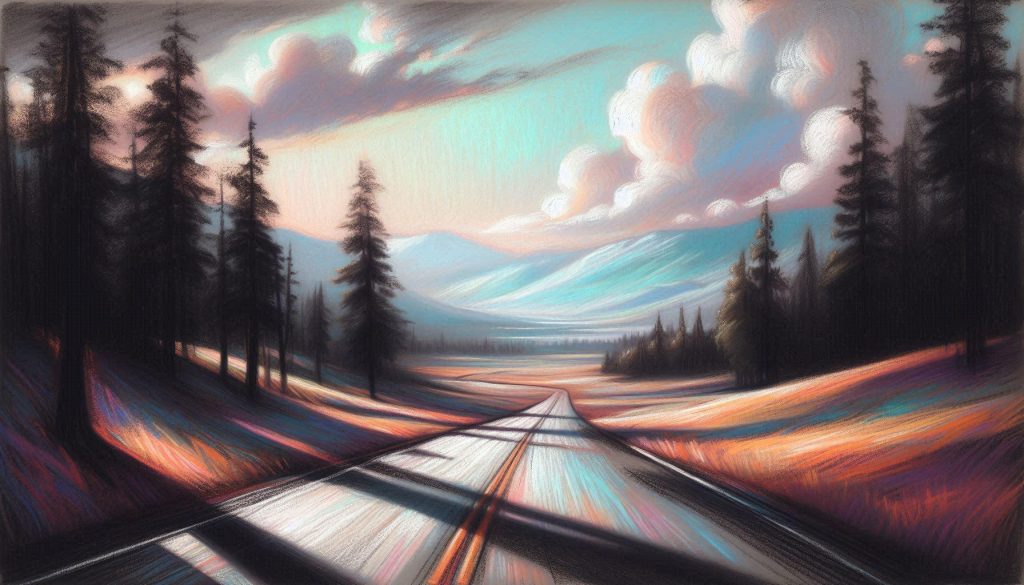
Video: Creating Atmosphere with Pastels
Sample Color Swatches and Painting Example
| Color Group | Swatches (Soft Pastels) |
|---|---|
| Sky Colors | Light Blue, Lavender, Gray |
| Foliage Colors | Green, Yellow, Brown |
| Ground Colors | Ochre, Sienna, Burnt Umber |
| Snow Highlights | Soft Yellow, Pale Blue |
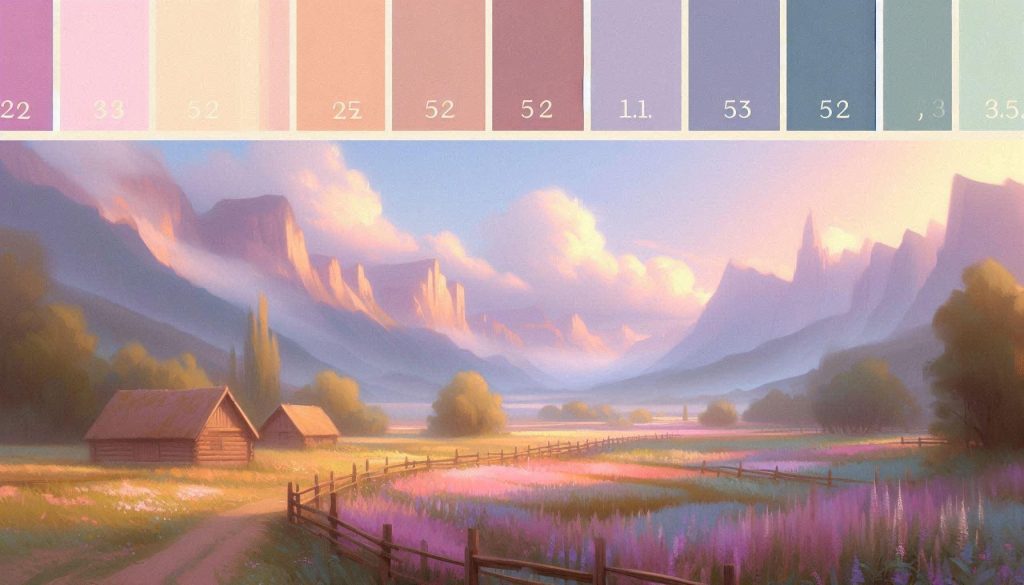
Don’t forget to share your own atmospheric landscape creations with us! Tag us on social media or leave a comment below with your pastel paintings. We’d love to see how you’ve applied these tips and techniques to capture the dreamy, atmospheric beauty of your favorite landscapes.
And remember, the journey to mastering atmospheric landscapes with pastels is a continuous learning process. Keep practicing, experimenting, and most importantly, have fun with it! Happy painting!
